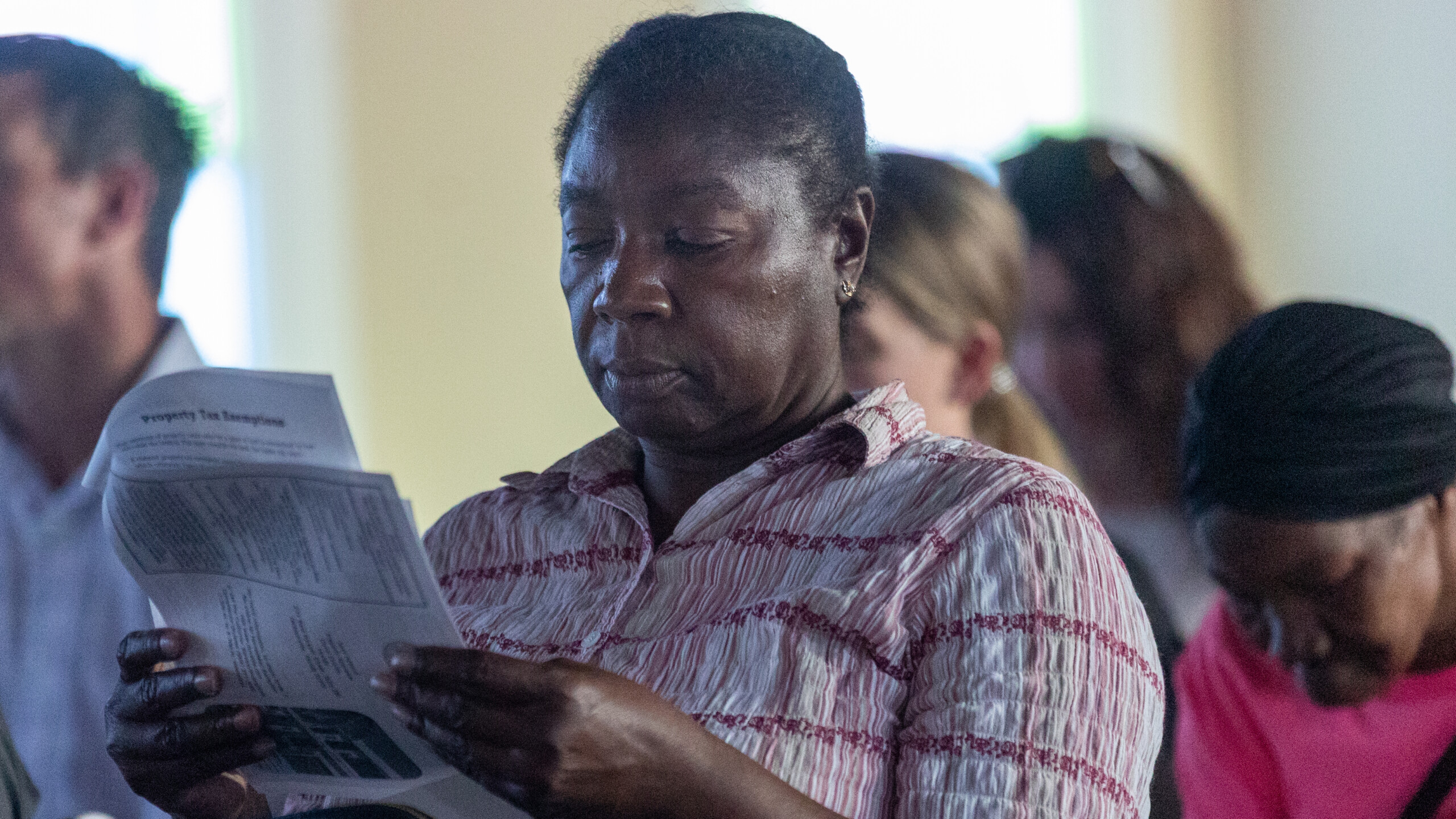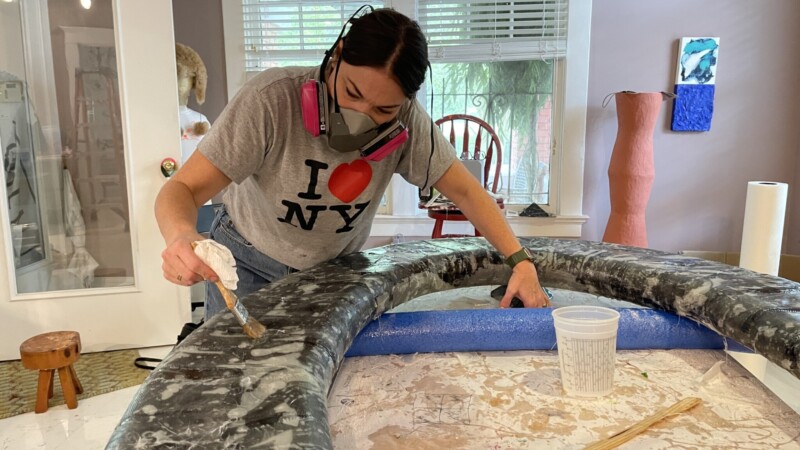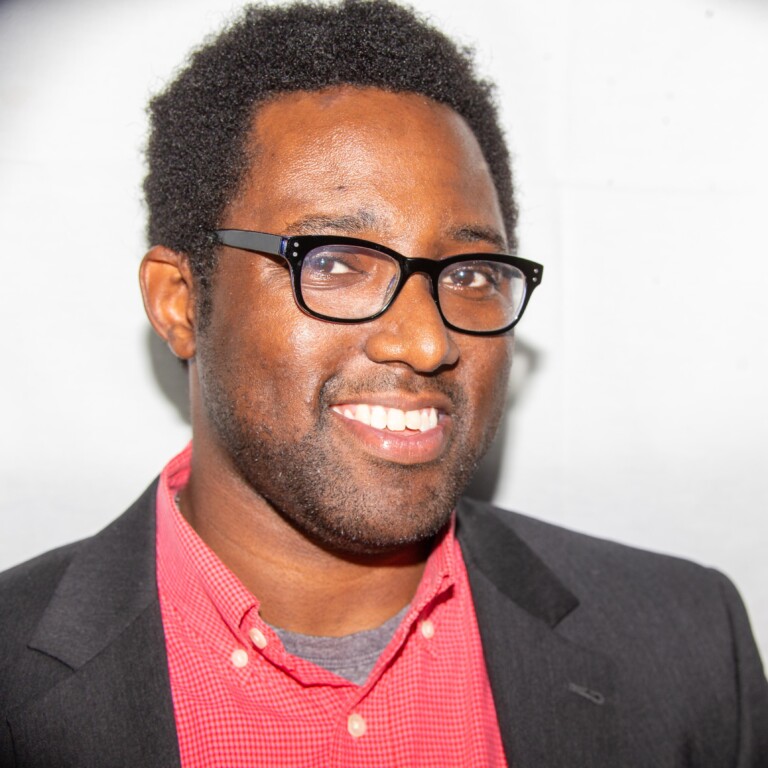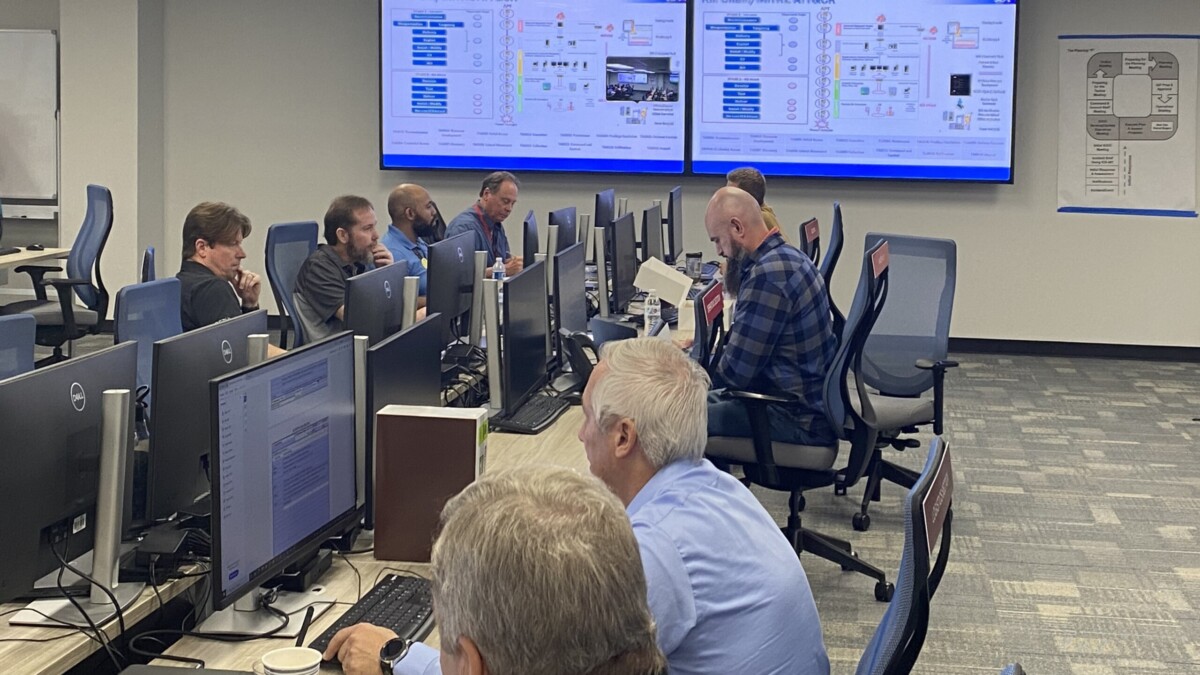Jacksonville’s acute housing crisis spurred the United Way of Northeast Florida to devote $10 million to improve the local housing ecosystem.
Nonprofit leaders acknowledge the funding is not enough to water the local housing desert, but it’s enough to spur others into action, they say.
United Way will devote $4 million to help some of the 12,000 local residents eradicate heirs property issues and repair existing homes in North Riverside and the Eastside, two predominantly Black neighborhoods that have resisted gentrification. Both communities have worked alongside local nonprofits to develop their neighborhoods in ways that include current residents.
An additional $1 million will be allocated to community development corporations, like the North Riverside CDC, to help residents remain in their homes. The remaining $5 million will be reserved for nonprofit and for-profit developers to create housing in urban neighborhoods.
Wednesday’s announcement is in addition to the $1 million the United Way committed to affordable housing in predominantly Black neighborhoods in and around Downtown. The money, then and now, is part of a $20 million gift from philanthropist Mackenzie Scott.
The most recent announcement came after suggestions from the United Way’s Affordable Housing Task Force that included leaders from the nonprofit, transportation, insurance, banking and housing sectors.
“You’ve got to be intentional about making sure that you preserve affordable housing when you’re doing development, big communitywide developmental projects that we know are going to improve the economics of the community,” United Way CEO Melanie Patz said.

The initiative is not to the exclusion of people moving in, but ensures that longtime residents can remain in their homes, Patz said.
Shirley Thomas is the fifth president of the North Riverside Community Development Corp. She has lived in the neighborhood for decades and is committed to ensuring no one is displaced from the community.
“When I first moved to North Riverside, it was prominently mixed and it was very, very nice,” Thomas told Jacksonville Today earlier this year after the first home that was part of the North Riverside CDC Home Repair Program.
“After living here so many years, the houses are rundown, not because of the people here, but because they are old houses. That’s why we are glad we can revise them and bring them back. Maybe not to what they were, but at least livable for a lot of our older people.”
Groundwork Jacksonville officials have repeatedly indicated their hope that the Emerald Trail project will help beautify North Riverside without displacing longtime residents.
The Emerald Trail is a 30-mile cycling and pathways project that will connect 14 neighborhoods, 16 schools and 21 parks. Once completed it will connect Riverside with Phoenix, LaVilla, North Riverside and other communities near Downtown.
Providing funding for residents to improve their homes allows North Riverside residents to not be forced to choose whether to pay their property taxes or improve their homes. And, Thomas says, it gives residents an opportunity to sell if they choose, not because they can no longer afford home upkeep.
North Riverside is between Interstate 10 and Beaver Streets. McDuff Avenue is its western border. It’s an area that includes Lackawanna and Mixon Town.
A few years ago, business owners branded the area the Rail Yard District. In a conversation with Jacksonville Today earlier this year, Thomas bristled at that idea.
“We have been the forgotten of the forgotten,” said North Riverside CDC member Padrica Mendez.
She noted that what separates North Riverside from the Riverside and Avondale communities is not only a railroad, but economic opportunities.
Thomas and Mendez told Jacksonville Today last spring that funding from the United Way will have a transformational effect on North Riverside because it will allow more generational residents to remain in their homes.
To date, nearly 30 homes in North Riverside and Out East have been repaired through the home repair program.
On average, between $5,000 and $20,000 has been allocated to homeowners to replace walls, remediate mold and provide other improvements — including electrical, plumbing and HVAC repair — that could potentially lower their utility bills.
Wednesday’s announcement broadens the effect the United Way will have in North Riverside and the Eastside.
“We look forward to having more houses repaired as we go forward with this project. People being able to stay in their home is so important,” North Riverside CDC board member Henry Scott told Jacksonville Today last spring. “We’re so thankful to be able to have this work done.”
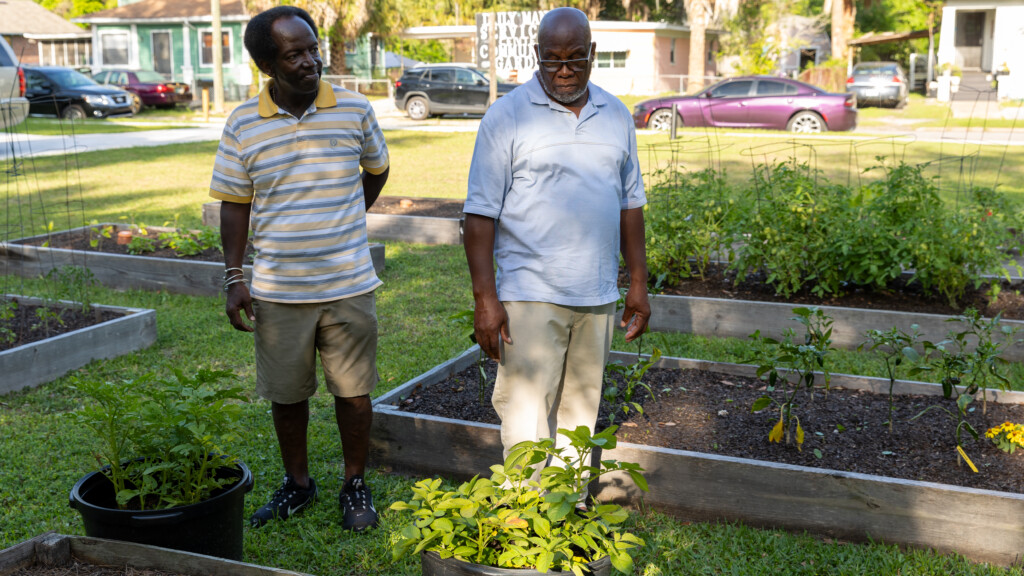
Patz has repeatedly met with Thomas, Scott, North Riverside CDC leaders and members of the community to assure their effort is from a spirit of assistance and collaboration.
“I hope that more people become aware of North Riverside, are talking about North Riverside and are willing to get involved to assist those leaders,” Patz said this week. “They know what they want for their community. They just need the resources to help them do it.”
Phyllis Brown’s father attended North Riverside CDC meetings for years. She has lived in North Riverside for more than 60 years. Her father frequently attended North Riverside CDC meetings for years before he died. She says the community has changed due to road closures forced by the Emerald Trail and renovations to McCoys Creek.
Brown said developers and homebuyers have bombarded her with requests to purchase her home.
“This is where I live. I don’t want to move. I have no intentions of moving. And, the way housing prices are now, I’m not going to afford anything else,” Brown said. “I got it good. These are little repairs. I’ll do those.”
Brown said her concern is the Emerald Trail project — which local officials hope will be completed by 2030 if it receives federal funding — will displace families.
She says the connection between the CDC and the United Way should improve her neighborhood because it will allow people to improve their homes and better resist gentrification.
The United Way Affordable Housing Task Force extensively studied Atlanta’s BeltLine project, which produced an urban pathway that provided trails, connected to parks and spurred development. The biggest lesson was to proactively ensure longtime residents can remain in their homes before the pathway project is complete.
“There are two things that are critical for a vibrant community,” Patz said. “One of these is a mix of incomes. If you don’t have a mix of incomes, then you don’t have the ability to attract the services that communities desire. And the other is density. You have to have a lot of people living in an area with a mix of incomes so that we have all of those services that we want at varying price points.”
Lead Image: Phyllis Brown reviews information about the North Riverside CDC Home Repair program during a community meeting April 20, 2023. Brown has lived in North Riverside for decades. | Will Brown, Jacksonville Today


